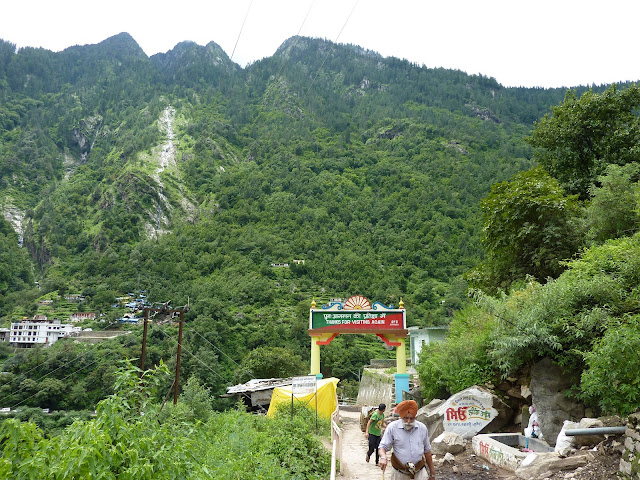Posts
Showing posts with the label Himalayas

Posted by
Flowergirl
The Banjh Oaks of Sitlakhet, Vivekananda and Siyahi Devi
- Get link
- X
- Other Apps

Posted by
Flowergirl
The stately Chir pines at Sitlakhet
- Get link
- X
- Other Apps

Posted by
flowergirl
Fruit country. Uttarakhand
- Get link
- X
- Other Apps
Posted by
flowergirl
A secret weapon in the battle to save the snow leopard?: Tibetan monks and endangered cats | The Economist
- Get link
- X
- Other Apps
Posted by
Flowergirl
Birds of Pangot and Sattal
- Get link
- X
- Other Apps
